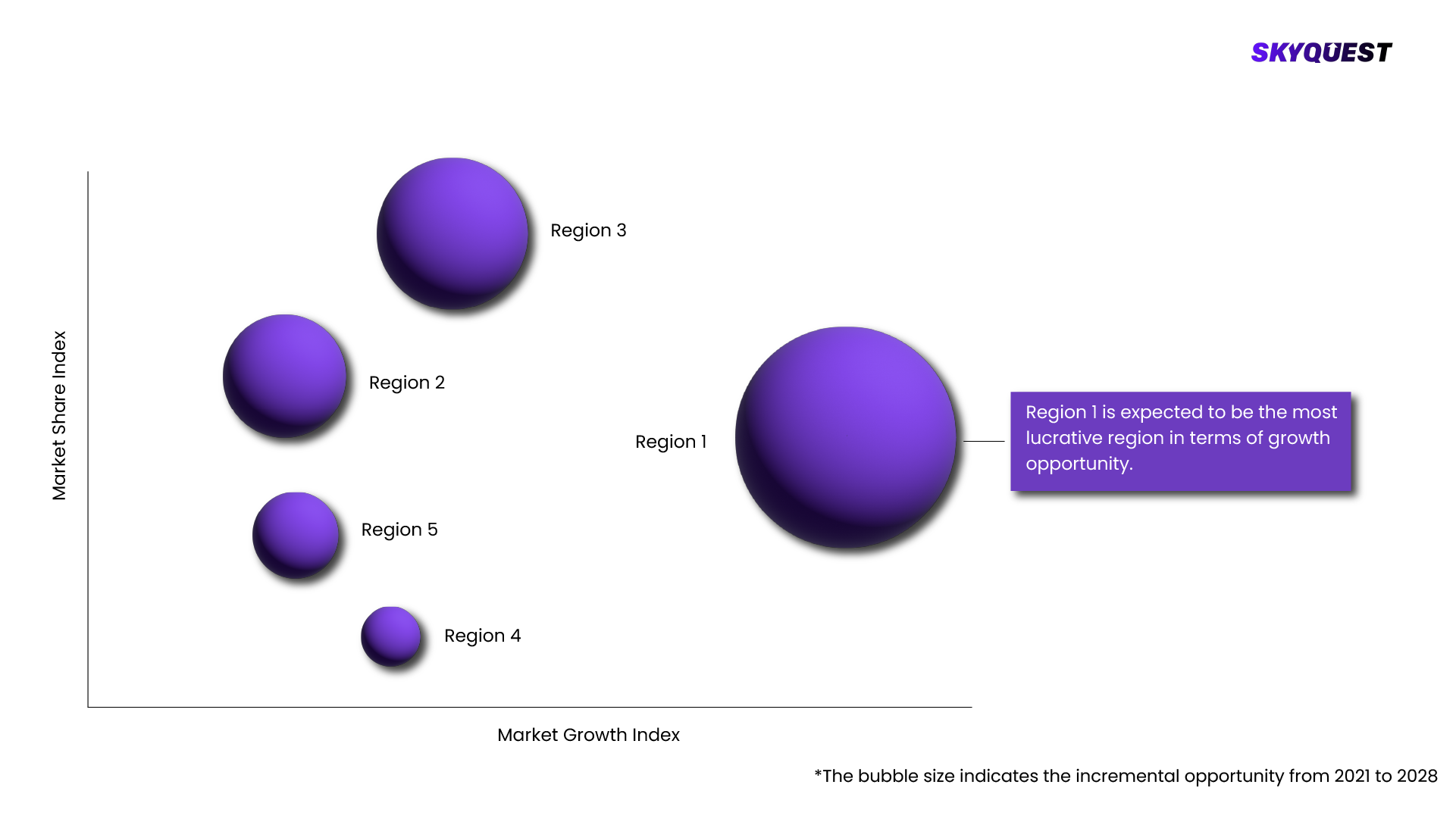
Product ID: UCMIG30F2019

Report ID:
UCMIG30F2019 |
Region:
Global |
Published Date: Upcoming |
Pages:
165
| Tables: 55 | Figures: 60
Cooking Wine Market is being analyzed by North America, Europe, Asia-Pacific (APAC), Latin America (LATAM), Middle East & Africa (MEA) regions. Key countries including the U.S., Canada, Germany, France, UK, Italy, Spain, China, India, Japan, Brazil, GCC Countries, and South Africa among others were analyzed considering various micro and macro trends.

Our industry expert will work with you to provide you with customized data in a short amount of time.
REQUEST FREE CUSTOMIZATIONThe global market for Cooking Wine was estimated to be valued at US$ XX Mn in 2021.
The global Cooking Wine Market is estimated to grow at a CAGR of XX% by 2028.
The global Cooking Wine Market is segmented on the basis of Product, Application, Regional.
Based on region, the global Cooking Wine Market is segmented into North America, Europe, Asia Pacific, Middle East & Africa and Latin America.
The key players operating in the global Cooking Wine Market are AAK AB, Batory Foods, De Vinco Company, ECOVINAL, Elegre, Iberica Export, LinChen Inc., Marina Foods, Inc., Stratas Foods, The Kroger Co., Mizkan America, Inc..
Want to customize this report? This report can be personalized according to your needs. Our analysts and industry experts will work directly with you to understand your requirements and provide you with customized data in a short amount of time. We offer $1000 worth of FREE customization at the time of purchase.

Product ID: UCMIG30F2019